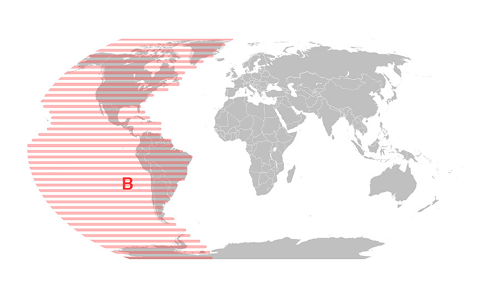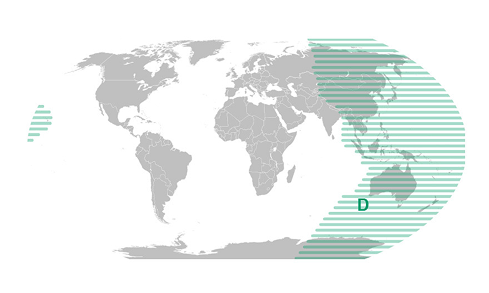
We all know how much it can hurt to feel misunderstood by those we love. You can imagine how difficult it must feel for a child when a direct cue for a need goes unmet. Through a child's eyes, if it isn't working, the problem must lie in the child, because a child needs the parent to be perfect. If the parent doesn't know what s/he is doing, where does that leave the child?
So, if something isn't working right in the communication between the child and the parent then, seen through a child's eyes, it's up to the child to find the right strategy to get the job done.
A toddler was having difficulty getting comfort from her mom. Sometimes when she cried, her mom would pick her up. Sometimes her mom would yell; but mostly her mom would ignore her. When the mom brought up her concerns in our Circle group, I asked the mom what she was thinking when her child cried, and she responded that she didn't want to spoil her child so that's why she won't pick her up. So the child developed a new strategy, a miscue, as a way to connect with her mom on the bottom of the Circle. She started pulling down her pants when she was upset. I am upset, I cry and no one comes. I pull down my pants, my mom yells and then comes to me, and pulls my pants up. The Circle is complete, my mom is here. Nice, this works! But her mom did not see it through the lens of the Circle, but instead focused on trying to stop the behavior, and grew even more frustrated, and mom's behavior intensified. She yelled, spanked, threatened, and ignored. But to no avail. The child's behavior continued, and even got worse. During our Chapter 5 group, we talked about cues and miscues, and mom was able to see the behavior as a miscue, and switched her focus from trying to stop the "bad" behavior to trying to understand the need.
"When your daughter pulls down her pants, where is she on the Circle?"
"Bottom."
"What do you think she needs?"
"Comfort."
Mom shared her struggle with feelings of embarrassment when her daughter pulled her pants down. These feelings were even more uncomfortable than her fear of spoiling her child. She decided to use the Circle to help her respond more directly to her daughter's crying cues and her need for contact comfort when she was upset. Within a day, her daughter stopped pulling down her pants.







